By Christopher Miskimon
Special Forces Sergeant Nick Brokhausen awoke to the taste of dirt in his mouth and the crump of exploding mortar bombs. Above him there were voices but he could not tell who they were. Hands pulled him from the ground where he had been lying face down. Nick caught glimpses of blue sky, a leg, and a face. The man sloshed water from a canteen onto a rag and cleaned Nick’s face. It helped him see more clearly. “He’s alive, but he ain’t gonna be on no quiz show,” the man said. Then the other soldier picked up his weapon and dashed away.
With growing lucidity, Nick realized he was in a bunker, but it did not have a roof anymore. Nearby was a dying Montagnard tribesman, his clothing in tatters and his dead hands clutching at the entrails protruding from his stomach. An empty syrette of morphine was pinned through his cheek; someone was merciful and gave him an entire dose, which was enough to kill the diminutive Montagnard. From the left an M-60 machine gun began banging away in short, aimed bursts. The weapon was served by two tribesmen who were aiming carefully and adjusting for each new target they spotted. Expended brass cartridge cases struck Nick’s face.
Brokhausen moved away from the machine-gun team as the loader picked up a fresh belt from an ammunition can. Nick still did not remember where he was or what was happening, but he knew he had to find his weapon, a CAR-15 carbine. He could not find it so he instinctively reached to his back and found the sawed-off, double-barreled, 12-gauge shotgun he carried. He opened it and saw the weapon was still loaded, a slug on the left and buckshot on the right. Small arms fire crackled nearby, the distinctive sound of M-60s, CAR-15s, and AK-47s rattling. Nick needed to find his carbine; visions of the enemy overrunning his position crawled through his mind.
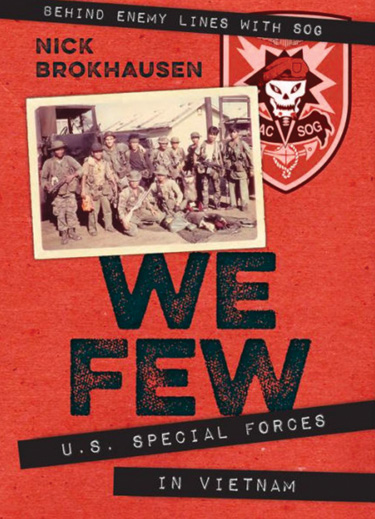 He cradled his shotgun and began to move. Suddenly he recalled the name of the man who helped him moments ago. Davidson! Nick could not stand Davidson; the man was a bullet magnet. He was shot at more than anyone else in the outfit. If Davidson was with him, Nick had to find a better weapon right away. He had risen to his hands and knees when he heard noise behind him. Spinning to point the shotgun, Nick saw another American jump into the wrecked bunker next to him. His name was Eldon. Brokhausen was glad he was no longer alone with Davidson. Eldon pushed Nick into a sitting position and told him to nod if he could understand him. Nick nodded. He told Nick that medical evacuation choppers were on the way and that the crew members would load him onto the first one along with the other wounded. Nick was confused. He did not believe he was wounded. He tried to explain that he was fine, but the words were jumbled. Soon a helicopter arrived and Nick was placed on it. Minutes later it lifted away and Nick looked out over the wreckage of a battlefield.
He cradled his shotgun and began to move. Suddenly he recalled the name of the man who helped him moments ago. Davidson! Nick could not stand Davidson; the man was a bullet magnet. He was shot at more than anyone else in the outfit. If Davidson was with him, Nick had to find a better weapon right away. He had risen to his hands and knees when he heard noise behind him. Spinning to point the shotgun, Nick saw another American jump into the wrecked bunker next to him. His name was Eldon. Brokhausen was glad he was no longer alone with Davidson. Eldon pushed Nick into a sitting position and told him to nod if he could understand him. Nick nodded. He told Nick that medical evacuation choppers were on the way and that the crew members would load him onto the first one along with the other wounded. Nick was confused. He did not believe he was wounded. He tried to explain that he was fine, but the words were jumbled. Soon a helicopter arrived and Nick was placed on it. Minutes later it lifted away and Nick looked out over the wreckage of a battlefield.
Brokhausen spent his second tour in Vietnam as part of a reconnaissance team in the Military Assistance Command Vietnam Studies and Observations Group, the famous MACV-SOG. His unit earned distinction for the number of valor awards they earned and the high casualties they sustained, numbers that might be considered suicidal today. Nick’s experiences are detailed in his new memoir We Few: U.S. Special Forces in Vietnam: Behind Enemy Lines with SOG (Nick Brokhausen, Casemate Publishers, Havertown, PA, 2018, 251 pp., $32.95, hardcover).
Brokhausen’s personal account is gritty, harrowing, descriptive, and full of detail. This is not a scholarly history of Special Forces. It contains slang, dialect, and inner thoughts. The author is not overly concerned with exact times, places, or names. He describes for readers the war as he lived it. His account is full of visceral accounts of battle, soldierly descriptions of fellow warriors, and other tales both mundane and exceptional. The various missions described are full of the sort of military detail and recall expected of a reconnaissance operator, giving a vivid impression of the activities of the author’s unit. The everyday prose flows naturally and draws the reader into the narrative.
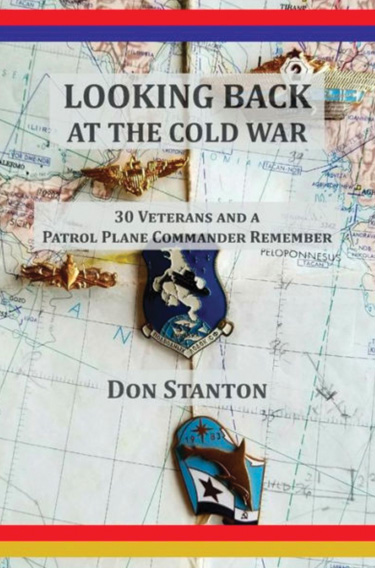 Looking Back at the Cold War: 30 Veterans and a Patrol Plane Commander Remember (Don Stanton, Wingspan Press, Livermore, CA, 2018, 233 pp., maps, photographs, bibliography, $14.95, softcover)
Looking Back at the Cold War: 30 Veterans and a Patrol Plane Commander Remember (Don Stanton, Wingspan Press, Livermore, CA, 2018, 233 pp., maps, photographs, bibliography, $14.95, softcover)
On the evening of October 23, 1962, Lieutenant (j.g.) Roger Stambaugh was sitting in the officer’s club at Naval Air Station Norfolk after a training exercise. Stambaugh, the commander of a P-2 antisubmarine patrol plane, and his comrades listened as U.S. President John F. Kennedy announce the embargo of Cuba. It was the beginning of the Cuban Missile Crisis.
The next morning the aircraft’s crew gathered on the flight line to fly back to their home base and found their plane had been fully loaded with weapons overnight, including a nuclear depth charge. Stambaugh went to find out what was happening. An admiral told him the plane and its crew were under his command now and they were to start flying patrols. He had authority to use the weapons his plane carried. Stambaugh specifically asked about the nuclear depth charge. The admiral told him to contact the operations center before he dropped that one, assuming he could get through. If he could not make contact, then he was to use his judgment. It was a heavy responsibility for a 25-year-old pilot with only three years in the U.S. Navy.
The Cold War was not actually very cold. There were proxy wars, tense standoffs, and accidents of all kinds. Thousands of people in both the U.S. and Soviet militaries died over the decades of the undeclared conflict, as much a casualty of war as those who died in Vietnam or Afghanistan. This new book gathers the experiences of Cold War veterans and places them in the context of the larger events of the day. It is a fascinating look at the struggles of these veterans, who served and suffered to keep the Cold War from becoming hot.
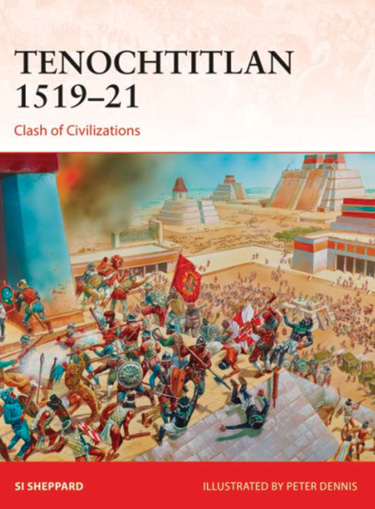 Tenochtitlan 1519-21: Clash of Civilizations (Si Sheppard, Osprey Publishing, Oxford, UK, 2018, maps, photographs, bibliography, index, $24.00, softcover)
Tenochtitlan 1519-21: Clash of Civilizations (Si Sheppard, Osprey Publishing, Oxford, UK, 2018, maps, photographs, bibliography, index, $24.00, softcover)
Spaniard Hernan Cortes led an expedition to the Americas to gain riches and glory for himself and to serve God. Arriving in 1519, he made for the center of what is now Mexico, home to large but disparate tribes of Native Americans. Some allied with the Spanish while others resisted his encroachment. Cortes marched to Tenochtitlan, the city in the middle of Lake Texcoco. Horrible fighting ensued, but Spanish arms prevailed. The Spanish laid waste to Tenochtitlan, took Aztec Emperor Cuauhtemoc prisoner, and established a new territory that would remain under Spanish control for centuries. The Conquistadors changed the history of North America forever and paved the way for the future nation of Mexico.
The campaign Cortes fought in Mexico was a turning point in the history of the Americas and the world. This new work reveals the story of that campaign in a concise, easy-to-read yet detailed text. It is lavishly illustrated with a combination of period paintings, photographs of artifacts, and original artwork that brings the subject to vivid life. The author also provides background information on the leaders, armies, and weapons used in the fighting.
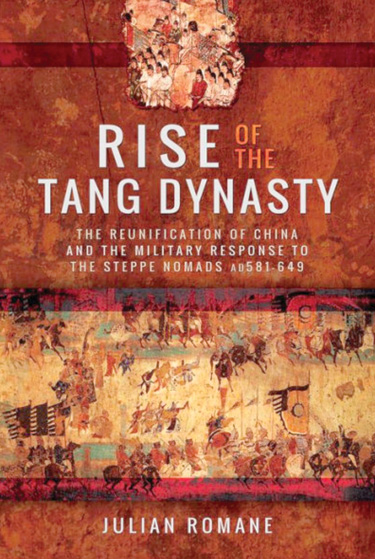 Rise of the Tang Dynasty: The Reunification of China and the Military Response to the Steppe Nomads (AD 581-626) (Julian Romane, Pen and Sword Books, South Yorkshire, UK, 2018, 240 pp., photographs, appendices, bibliography, index, $32.95, hardcover)
Rise of the Tang Dynasty: The Reunification of China and the Military Response to the Steppe Nomads (AD 581-626) (Julian Romane, Pen and Sword Books, South Yorkshire, UK, 2018, 240 pp., photographs, appendices, bibliography, index, $32.95, hardcover)
During the 4th century ad, nomads on horseback seized most of northern China. Conflict with these invaders would continue for the next two centuries. The Sui Dynasty made limited headway in dealing with the problem but that fragile line of rulers soon succumbed to internal weaknesses. The succeeding group, the House of Tang, was more stable and better led, leading to military success. Li Shimin, who would become Tang Taizong, the second Tang emperor, created an effective army that he used to reunify China. He soon became known for his tactical and strategic skill along with the application of a Chinese way of war.
The author carefully and thoroughly examines the both the Sui and Tang Dynasties, revealing what led them to either victory or defeat. The book pays attention to the tactics and strategy of the period, bringing the various battles and campaign to vivid life. The overall theme is that of the massive infantry forces of the Chinese colliding with the nomadic horse cavalry of the Asian steppes.
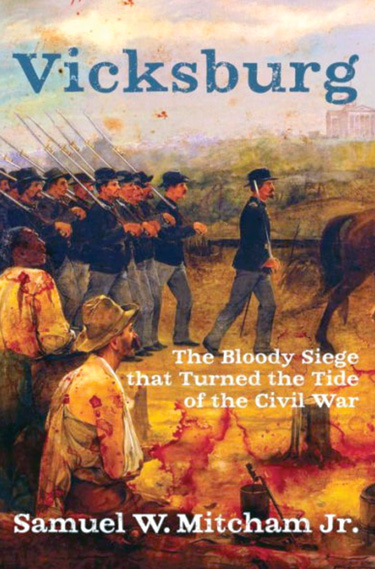 Vicksburg: The Bloody Siege That Turned the Tide of the Civil War (Samuel W. Mitcham Jr., Regnery History, Washington, D.C., 2018, 402 pp., maps, photographs, notes, bibliography, index, $29.99, hardcover)
Vicksburg: The Bloody Siege That Turned the Tide of the Civil War (Samuel W. Mitcham Jr., Regnery History, Washington, D.C., 2018, 402 pp., maps, photographs, notes, bibliography, index, $29.99, hardcover)
The City of Vicksburg was the key to controlling the Mississippi River during the American Civil War. Its loss made the Confederacy’s position much more difficult and was a grave turning point in its fortunes. When Maj. Gen. John C. Pemberton surrendered the city to Maj. Gen. Ulysses S. Grant on July 4, 1863, news quickly spread and Pemberton was excoriated in the Confederate press. They called him a fool, a traitor, and a failure. Many believed he had intentionally surrendered Vicksburg to his enemies given that he was born in Pennsylvania.
The author of this new work argues that Pemberton did all he could to deny Vicksburg to the Union and displayed strong leadership during the six-week siege. During that time the citizenry were reduced to eating rats and living in caves, but Pemberton’s dedication kept them in the fight as long as possible. Reinforcements were nearby but were never sent due to a petty grudge between Pemberton and his commander. The author makes effective arguments about the man’s actions during the siege, restoring Pemberton’s reputation and defending him against the various criticisms leveled over the years. This book is a fresh look at one of the Civil War’s most famous and critical battles.
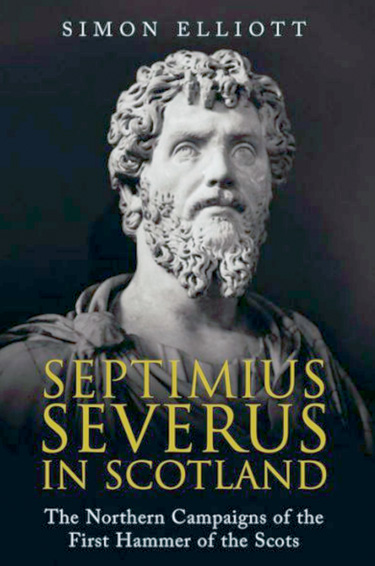 Septimius Severus in Scotland: The Northern Campaign of the First Hammer of the Scots (Simon Elliott, Greenhill Books, South Yorkshire, UK, 2018, 206 pp., maps, photographs, bibliography, index, $34.95, hardcover)
Septimius Severus in Scotland: The Northern Campaign of the First Hammer of the Scots (Simon Elliott, Greenhill Books, South Yorkshire, UK, 2018, 206 pp., maps, photographs, bibliography, index, $34.95, hardcover)
In the early 3rd century ad Scotland was invaded by the Roman armies of Emperor Septimius Severus. Some 50,000 troops with extensive naval support struck deep into Caledonia in two campaigns. The fighting was intense and bloody, but when it was over the slowly fading Roman Empire enjoyed 80 years of peace on what had been its most dangerous border. The threat to its holdings in the English Isles was abated for a time.
In the last several decades new archaeological evidence has come to light concerning these campaigns in Scotland and the author uses this knowledge expertly in this new book. It begins with extensive background information on Severus, his leadership, and the armies he led. Of particular note are passages explaining how he reformed the Roman military and concentrated his power as emperor. A social and economic summary of Roman Britain places Severus and his army into place, explaining the background leading to the conflict. This gives the reader good context to understand the following chapters, which tell the story of the actual expeditions in great detail. The result is a work that relays the experience of Rome in England during the middle stages of its imperial period and tells the fascinating tale of the brutal war between Roman and Scot.
 Behind the Lawrence Legend: The Forgotten Few Who Shaped the Arab Revolt (Philip Walker, Oxford University Press, 2018, maps, photographs, notes, bibliography, index, $34.95, hardcover)
Behind the Lawrence Legend: The Forgotten Few Who Shaped the Arab Revolt (Philip Walker, Oxford University Press, 2018, maps, photographs, notes, bibliography, index, $34.95, hardcover)
British officer T.E. Lawrence gained lasting fame for his efforts to help Sherif Hussein of Mecca resist the Ottoman Empire during World War I. The Ottoman Turks chose to side with Germany, bringing them into conflict with bordering Russia along with Britain and France, which had colonial interests in the region. With the bulk of Allied forces committed in Europe, the British turned to Sherif to declare independence from the Turks, placing added pressure on their mutual enemy. Lawrence was not the only soldier in the Arabian Desert, though. Other men such as Colonel Cyril Wilson and Lieutenant Lionel Gray also toiled to support the Arab efforts. While Lawrence was able to claim fame by blowing up trains and fighting Turkish troops, there were many supporting people who carried out diplomatic and intelligence work, working in the shadows to ensure the success of the Arab Revolt of 1916-1918.
Many books about Lawrence have been published in the last four years, coinciding with the centennial of World War I. What makes this work stand out is its focus on the relatively unknown personalities who also strove to achieve victory in Arabia. The author uses extensive research collected from private archives to tell the classic story in a new way. Any revolt is at times a dark and sordid affair, and this book provides a look at what happened behind the headlines and conventional battle history.
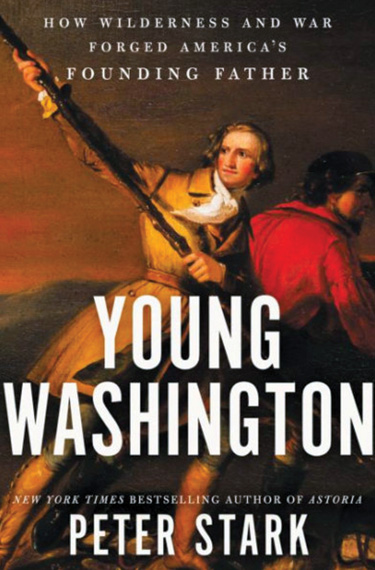 Young Washington: How Wilderness and War Forged America’s Founding Father (Peter Stark, HarperCollins, New York, 2018, 528 pp., maps, photographs, notes, bibliography, index, $35.00, hardcover)
Young Washington: How Wilderness and War Forged America’s Founding Father (Peter Stark, HarperCollins, New York, 2018, 528 pp., maps, photographs, notes, bibliography, index, $35.00, hardcover)
Young George Washington was not the man modern Americans have come to know. At that age he was impulsive and inexperienced. The 22-year-old lieutenant colonel in the newly formed Virginia Regiment oversaw the ambush of a detachment of French troops in the Ohio Country in 1754 sparking the French and Indian War. He may have done this because he felt a need to prove himself after repeatedly failing to gain a commission in the Regular British Army. The following year he survived the Battle of the Monongahela in which Maj. Gen. Edward Braddock was mortally wounded. During the course of the battle Washington’s coat was pierced four times and two horses were shot out from under him. This convinced him God had greater plans for him.
The author explores in detail George Washington’s flaws as a youth; however, rather than create a negative revisionist history, he instead shows how a brash and occasionally foolish young man was forged in the fires of history to become a great figure. The author’s prose is clear and engaging. He book is a lively account of the man who played a central role in the creation of the United States of America.
Short Bursts
 Tanks: A Century of Tank Warfare (Oscar E. Gilbert and Romain Cansiere, Casemate Publishers, 2018, $12.95, softcover) This is part of the publisher’s new “Short History” series. This volume is a thorough introduction to the history of the tank in combat.
Tanks: A Century of Tank Warfare (Oscar E. Gilbert and Romain Cansiere, Casemate Publishers, 2018, $12.95, softcover) This is part of the publisher’s new “Short History” series. This volume is a thorough introduction to the history of the tank in combat.
Chiang Kai-Shek Versus Mao Tse-Tung: The Battle for China 1946-1949 (Philip Jowett, Pen and Sword Books, 2018, $22.95, softcover) This is a new volume in the “Images of War” series. It is filled with photographs and artwork of the Chinese Civil War.
Latin American Wars 1900-1941: “Banana Wars,” Border Wars and Revolution (Philip Jowett, Osprey Publishing, 2018, $18.00, softcover) The early 20th century was a time of almost constant conflict in Central and South America. This book covers 14 of them in detail accompanied by rare photographs.
The “Trapdoor” Springfield: From the Little Big Horn to San Juan Hill (John Langellier, Osprey Publishing, 2018, $20.00, softcover) The U.S. Army’s first general-issue, breech-loading rifle went through numerous iterations and was used in action across the American West. The weapon’s sunset came during the Spanish-American War.
How the French Saved America: Soldiers, Sailors, Diplomats, Louis XVI, and the Success of a Revolution (Tom Shachtman, St. Martin’s Press, 2017, $27.99, hardcover) This book tells the story of France’s vital assistance to the fledgling United States. The author argues the American nation would likely not exist without French help.
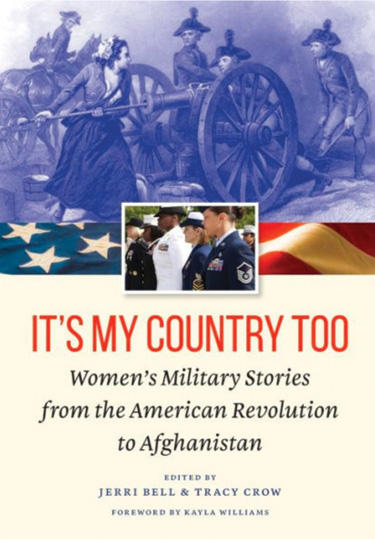 It’s My Country Too: Women’s Military Stories from the American Revolution to Afghanistan (Edited by Jerri Bell and Tracy Crow, Potomac Books, 2017, $32.95, hardcover) This anthology collects the stories of women in combat throughout American history. It brings to light many unknown and underappreciated tales of valor and service.
It’s My Country Too: Women’s Military Stories from the American Revolution to Afghanistan (Edited by Jerri Bell and Tracy Crow, Potomac Books, 2017, $32.95, hardcover) This anthology collects the stories of women in combat throughout American history. It brings to light many unknown and underappreciated tales of valor and service.
Sparta: Rise of a Warrior Nation (Philip Matyszak, Pen and Sword Books, 2018, $39.95, hardcover) The city-state of Sparta is still studied religiously by scholars and soldiers alike. This new work reveals how Sparta rose to become a power in the ancient world.
1917: War, Peace, and Revolution (David Stevenson, Oxford University Press, 2018, $39.95, hardcover) The year 1917 was a pivotal one not only in World War I, but also in the subsequent events of the 20th century. This volume explores in depth that crucial turning point in the Great War.
Progressives in Navy Blue: Maritime Strategy, American Empire, and the Transformation of U.S. Naval Identity (Scott Mobley, Naval Institute Press, 2018, $34.95, hardcover) The last three decades of the 19th century saw the U.S. Navy evolve from a continental defense force into a global fleet.
Bouquet’s Expedition Against the Ohio Indians in 1764 by William Smith (Edited by Martin West, Kent State University Press, 2017, $39.95, hardcover) This is a history of Bouquet’s expedition by a contemporary author. It was widely read in its time and remains an essential primary source for the period.
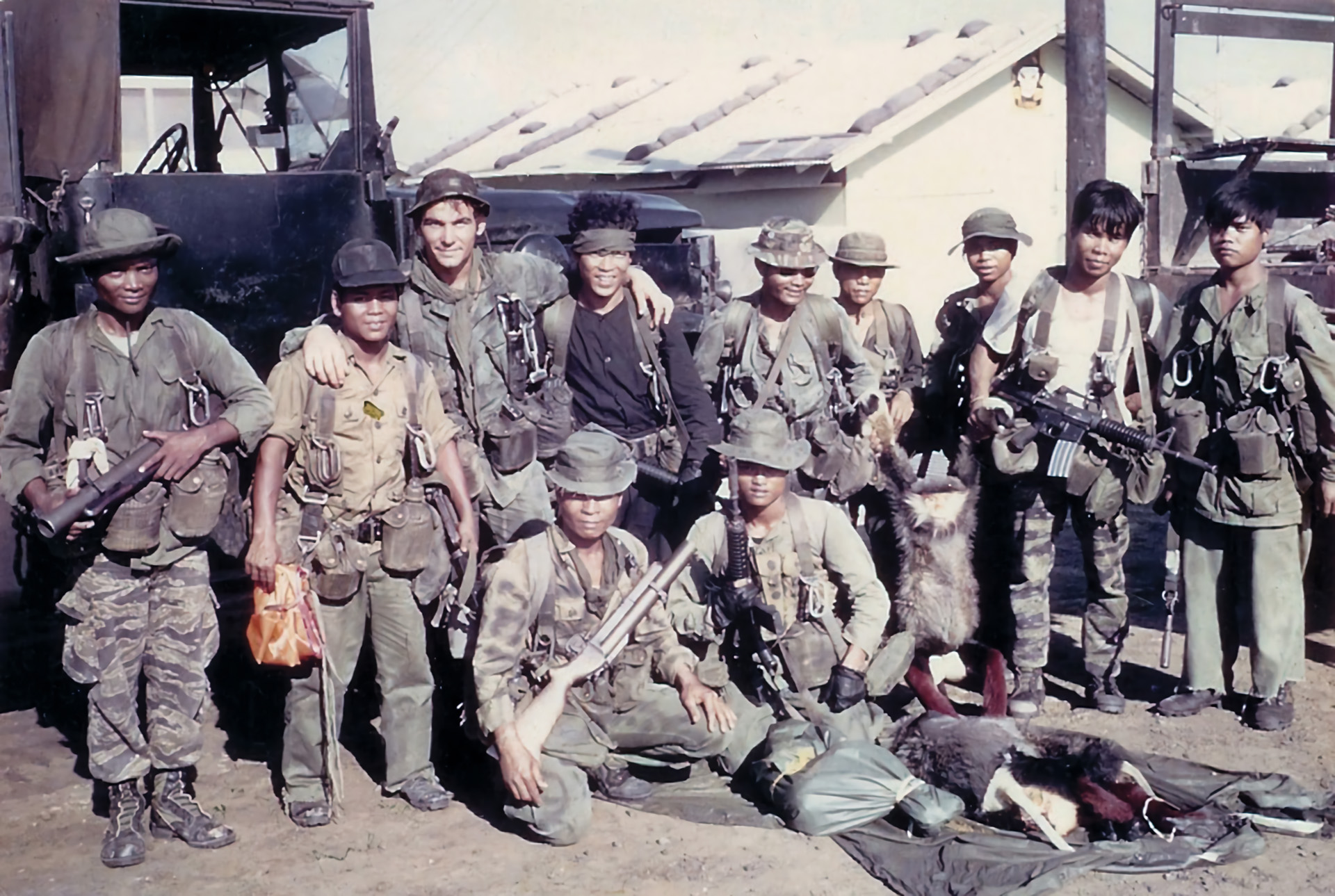
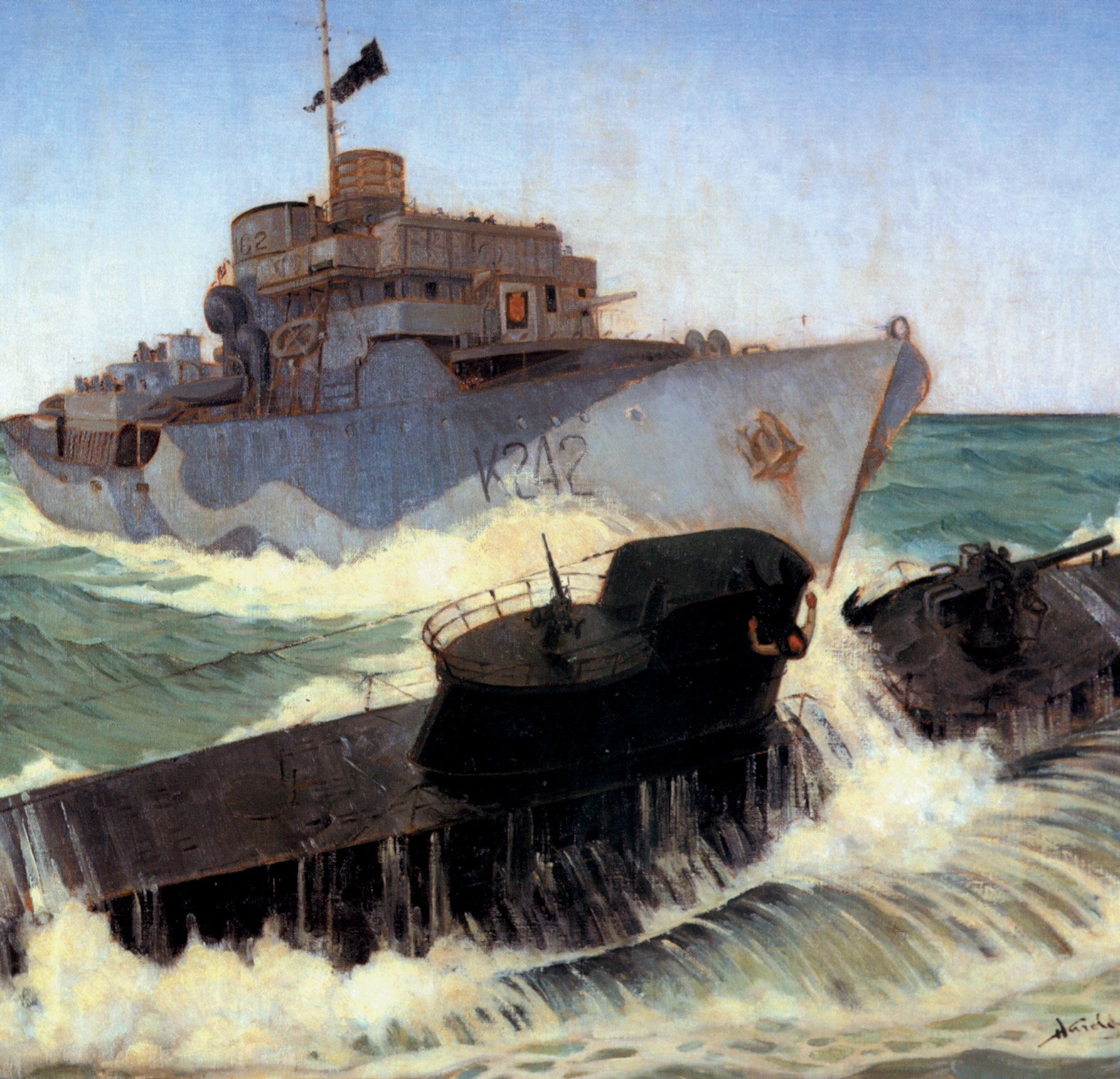
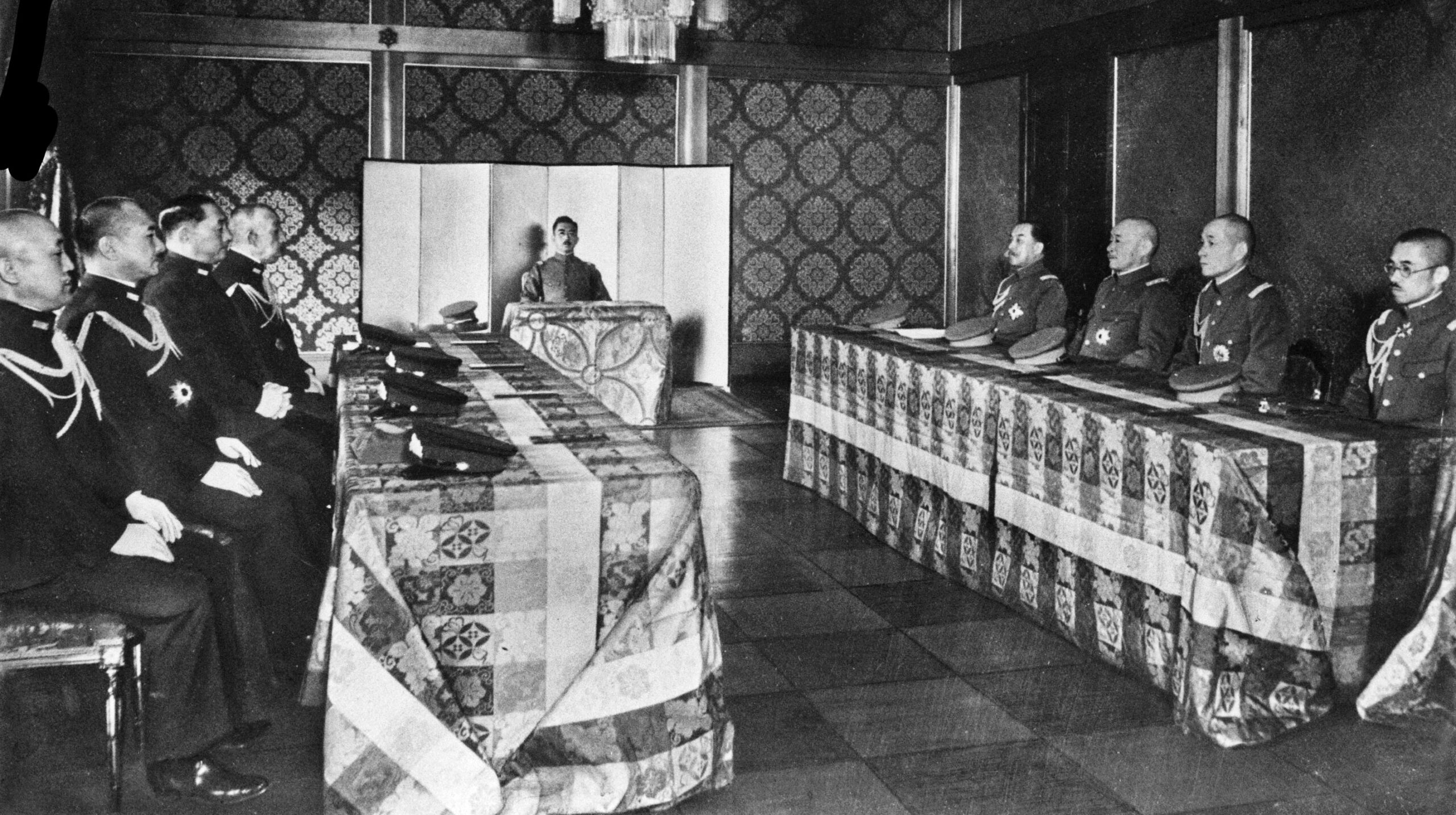
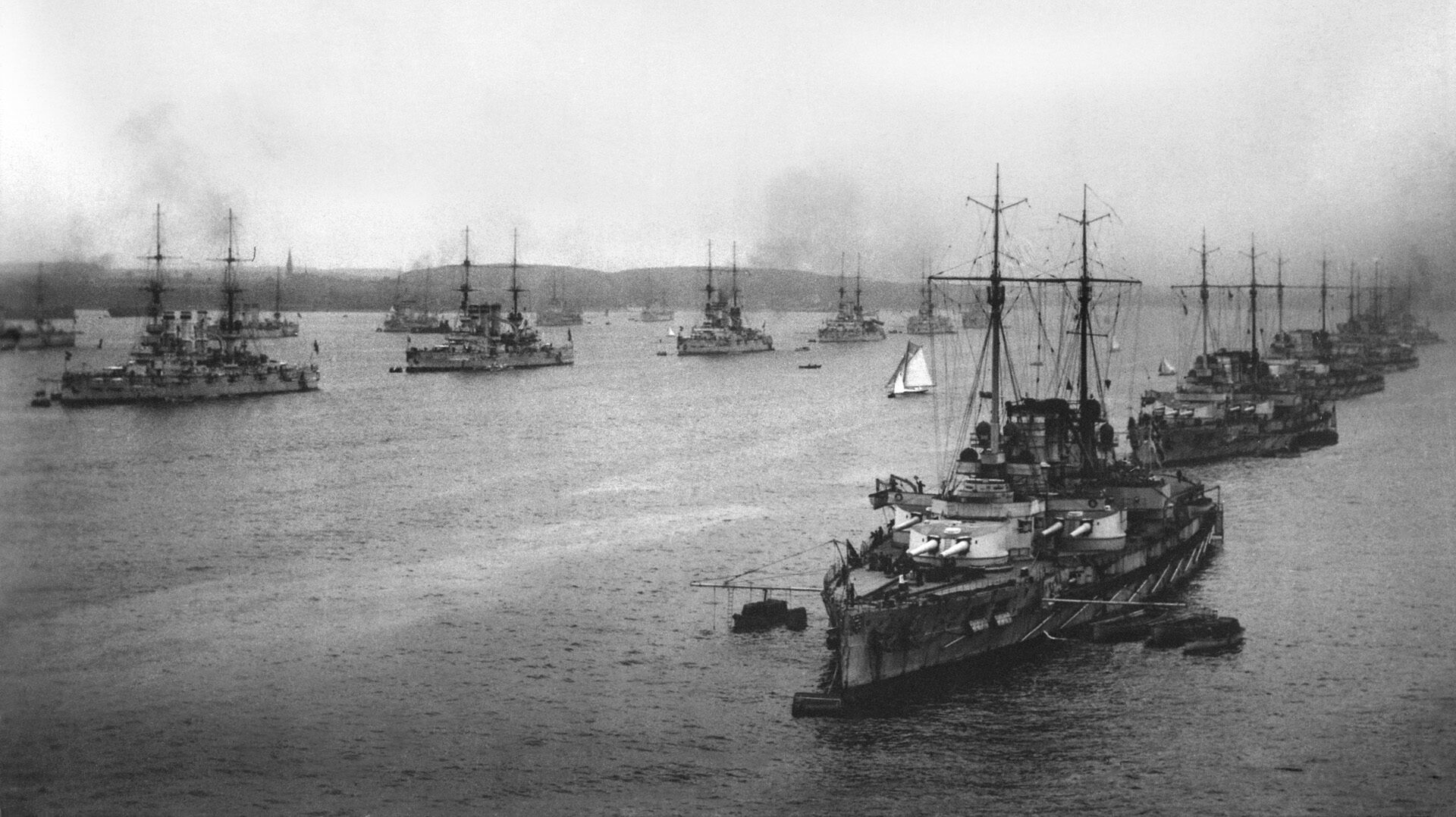
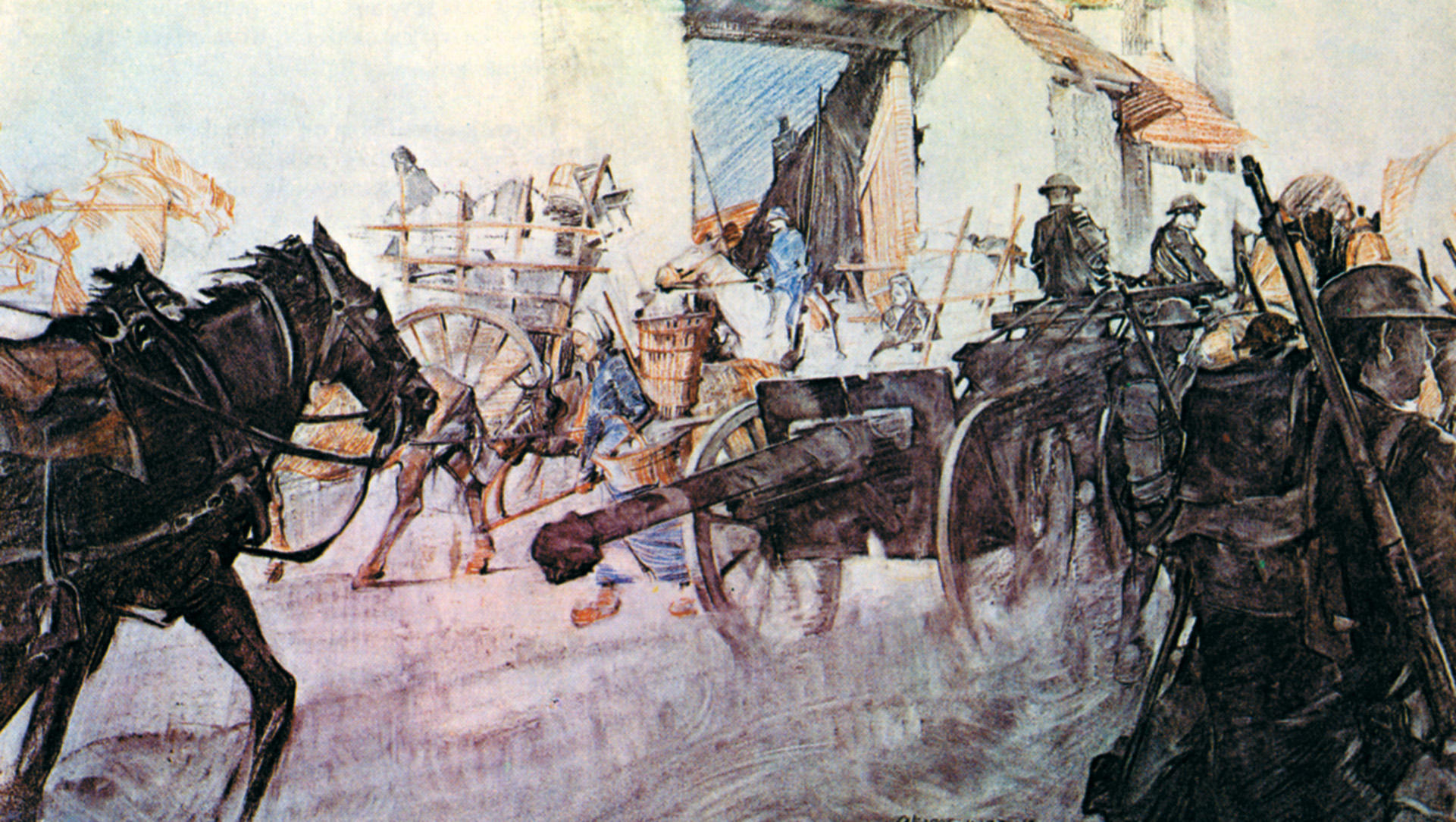

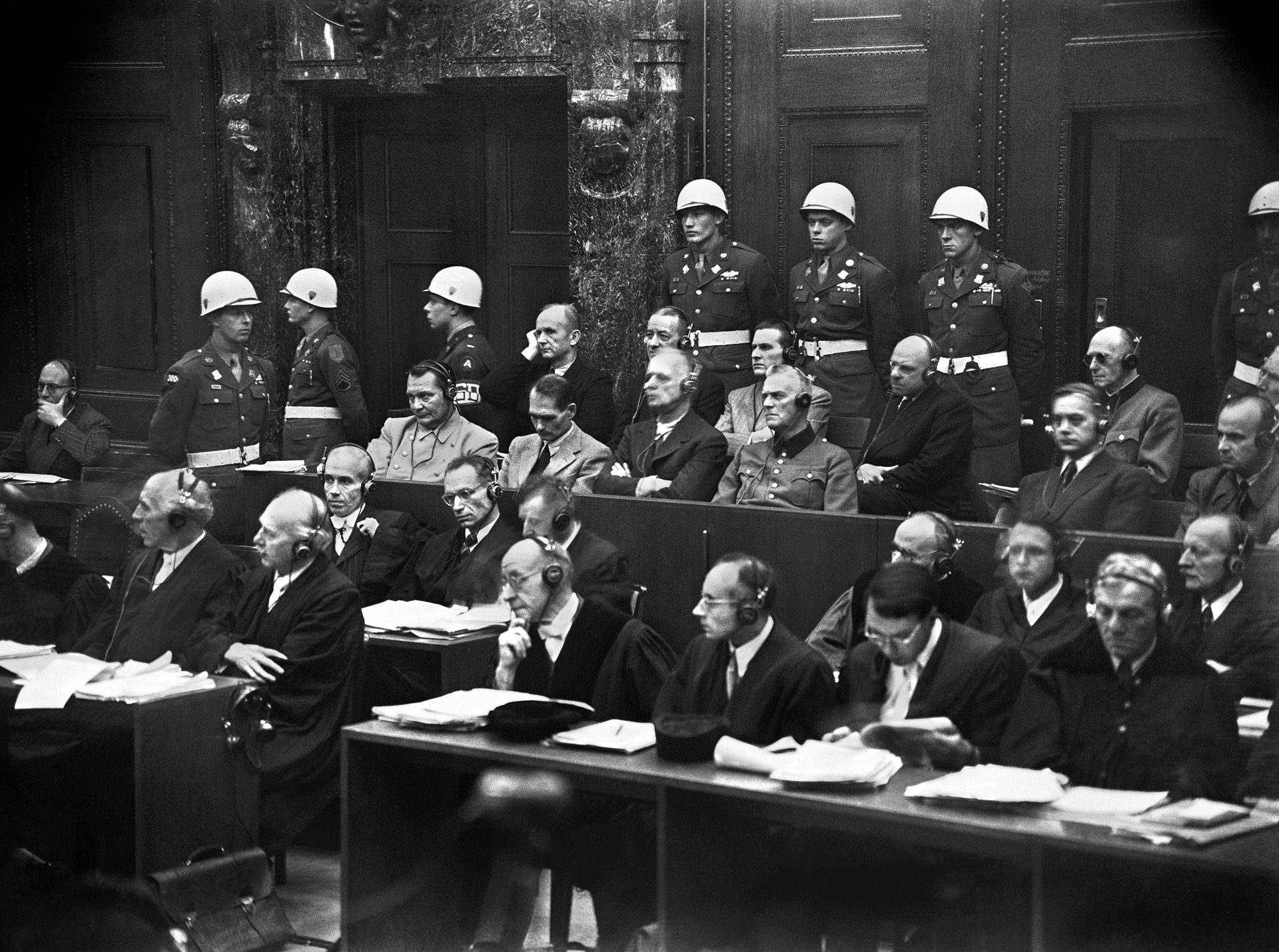
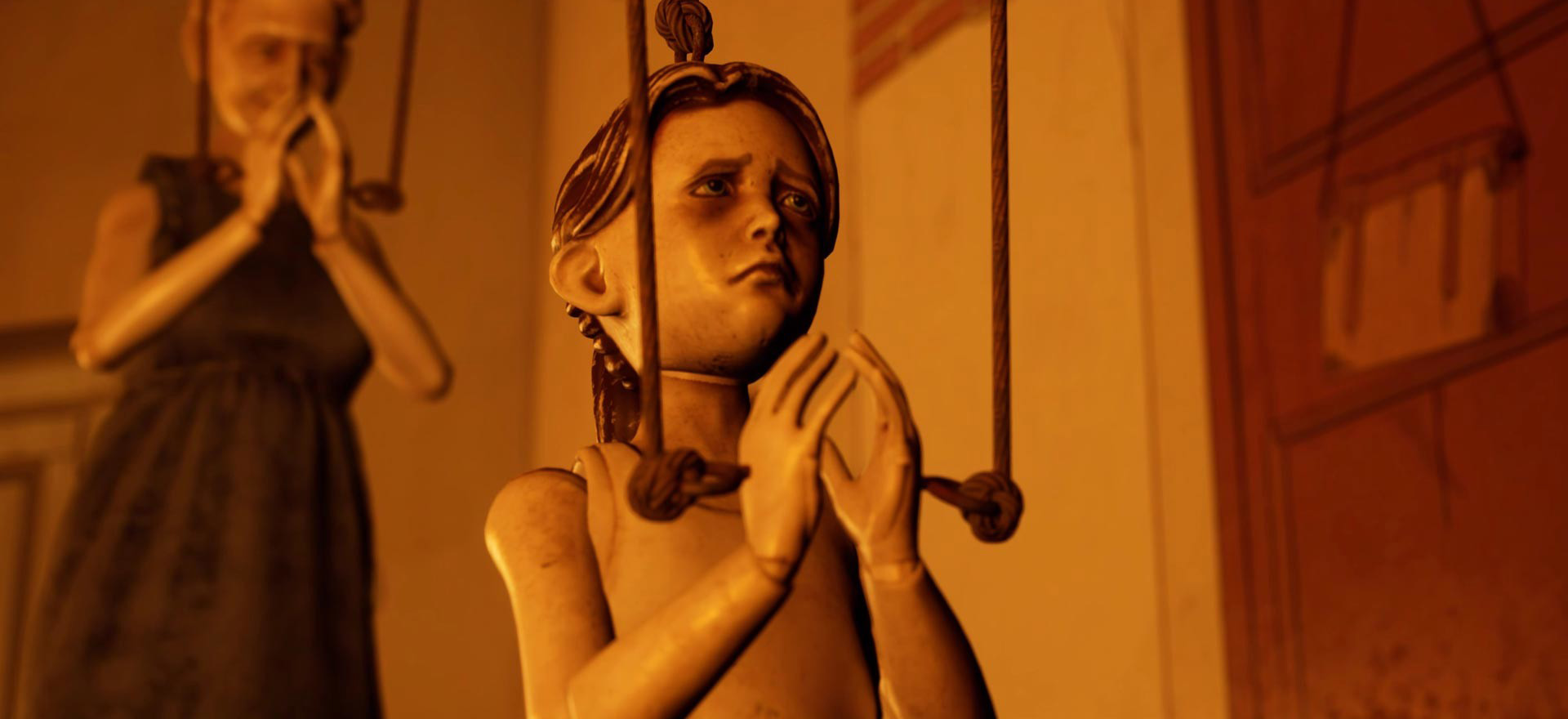
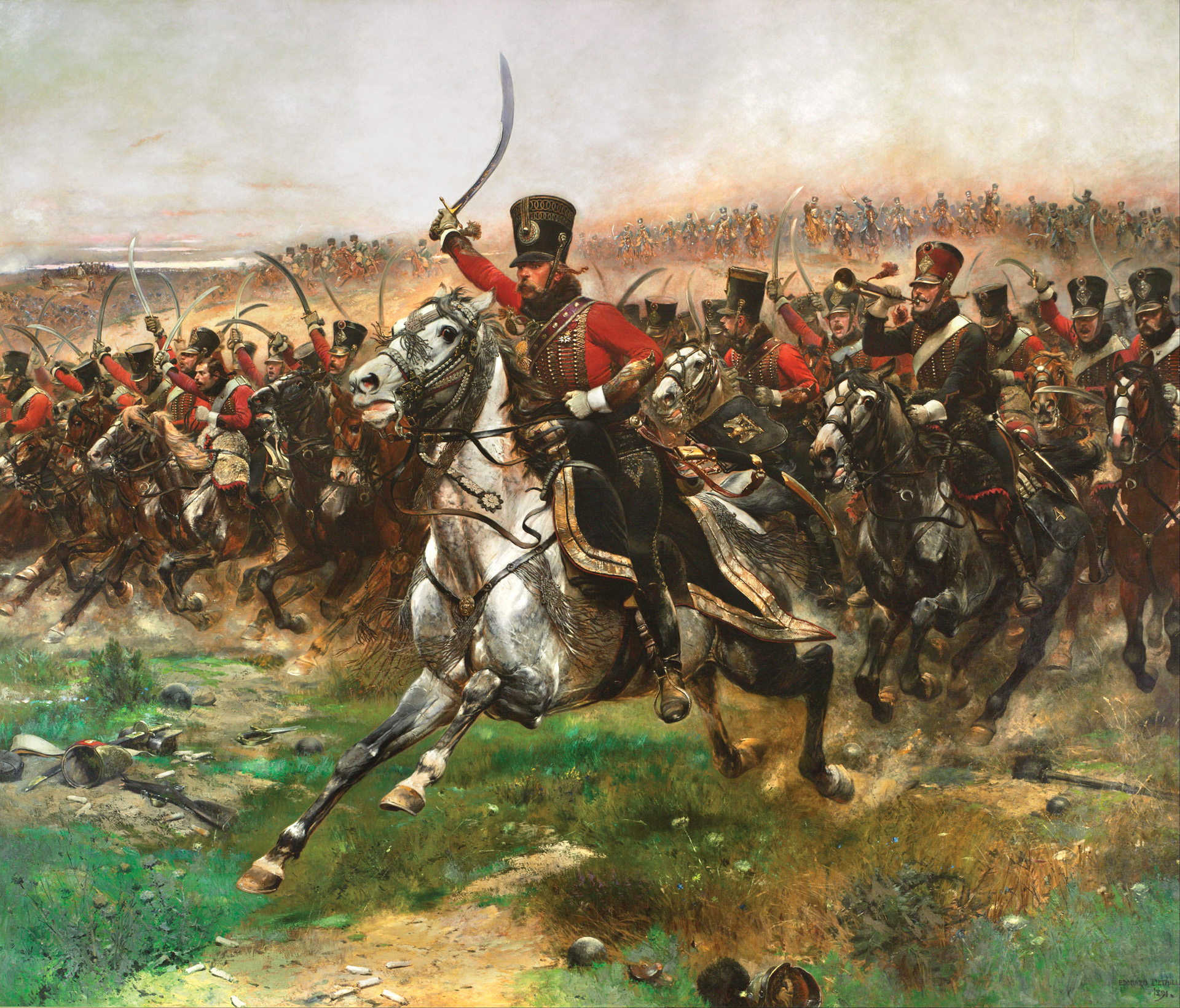
Join The Conversation
Comments
View All Comments